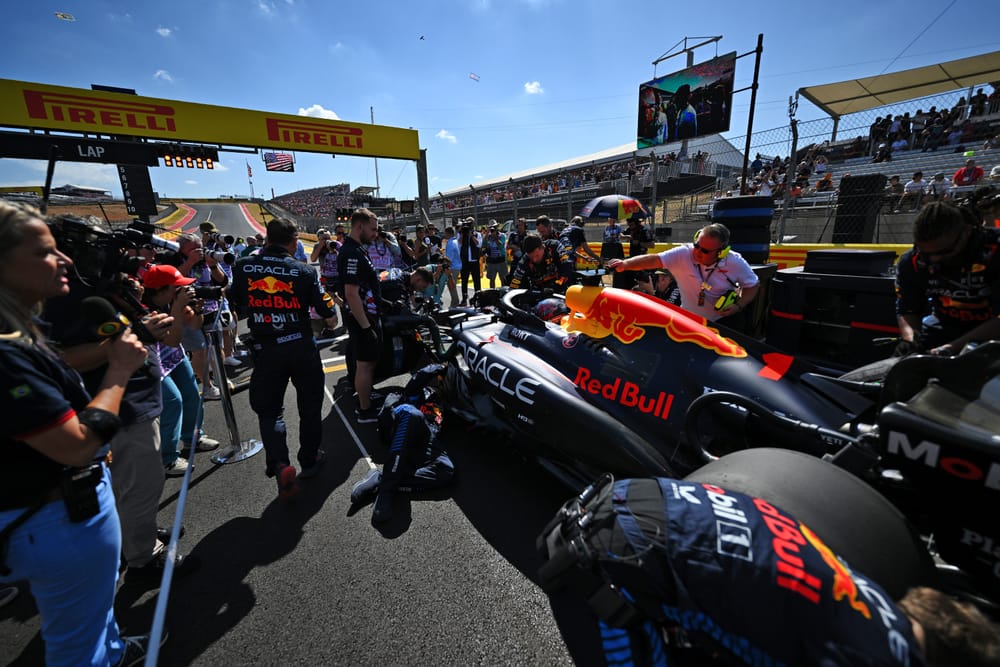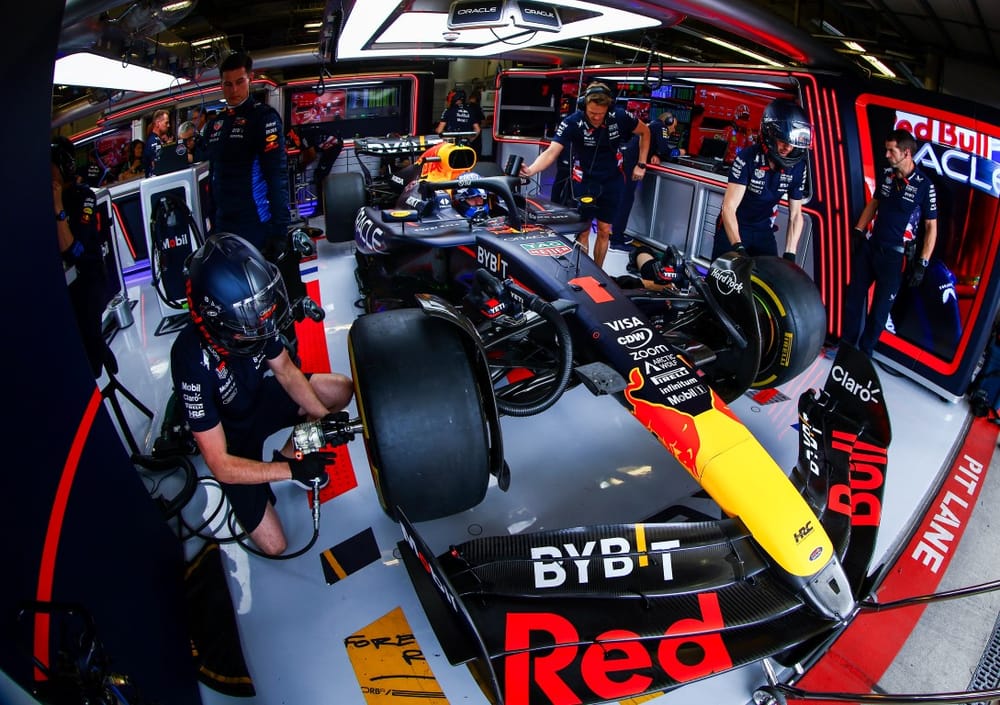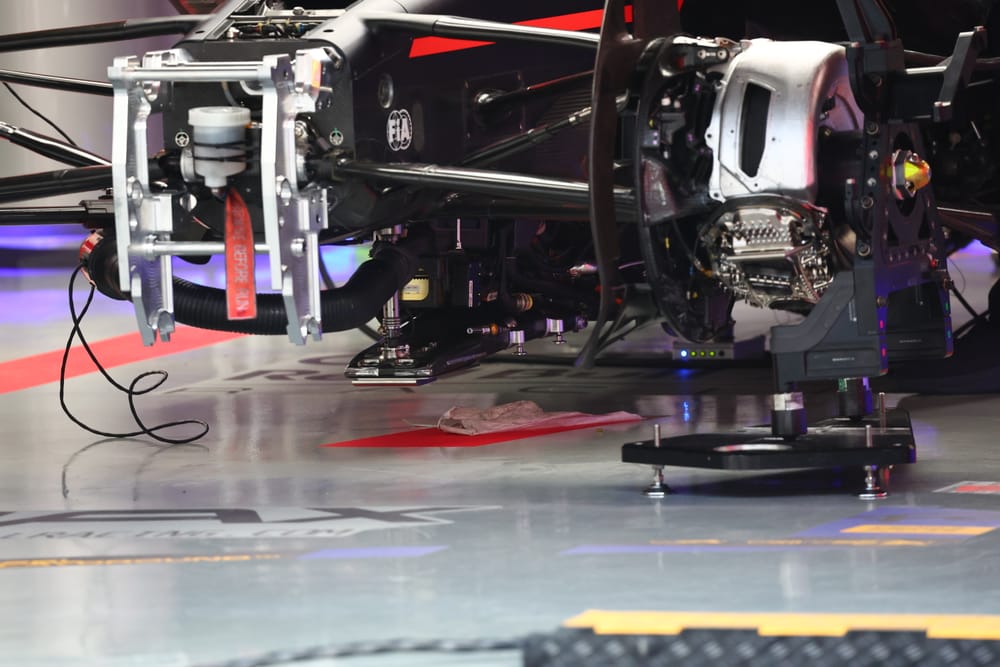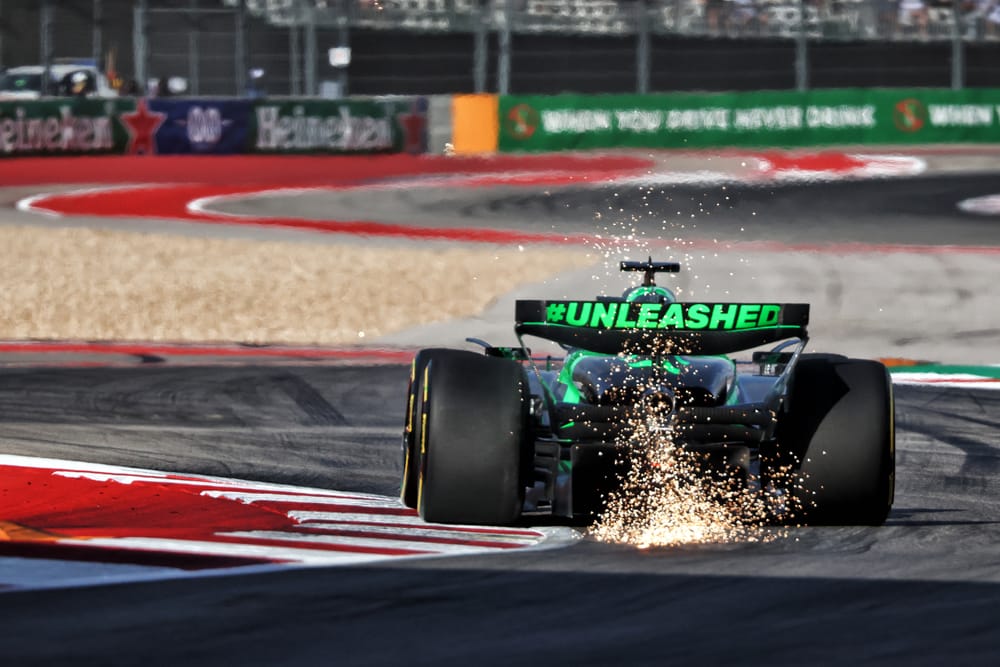Up Next

“The amount of discussion about this topic is about a factor of 100 more than it deserves,” according to FIA single-seater director Nikolas Tombazis.
The topic in question is the Red Bull bib adjustment controversy that’s dominated the United States Grand Prix, and it’s one the FIA hopes will be quelled by the action it has taken.
Tombazis’s comment should not be taken as a declaration that the matter has been buried or not taken seriously. As is always the case when there’s a war of words raging in the paddock, the FIA technical personnel quietly go about their work - and countermeasures have been applied as a result.
The Red Bull adjuster has now had a seal applied, one that the FIA is confident will mean the insinuations about its potential use will stop.
Red Bull has confirmed it intends to make modifications to the design to eliminate any doubts, but the FIA is certain that the seal will ensure there is no possibility of illegal changes to the bib height under parc ferme conditions.
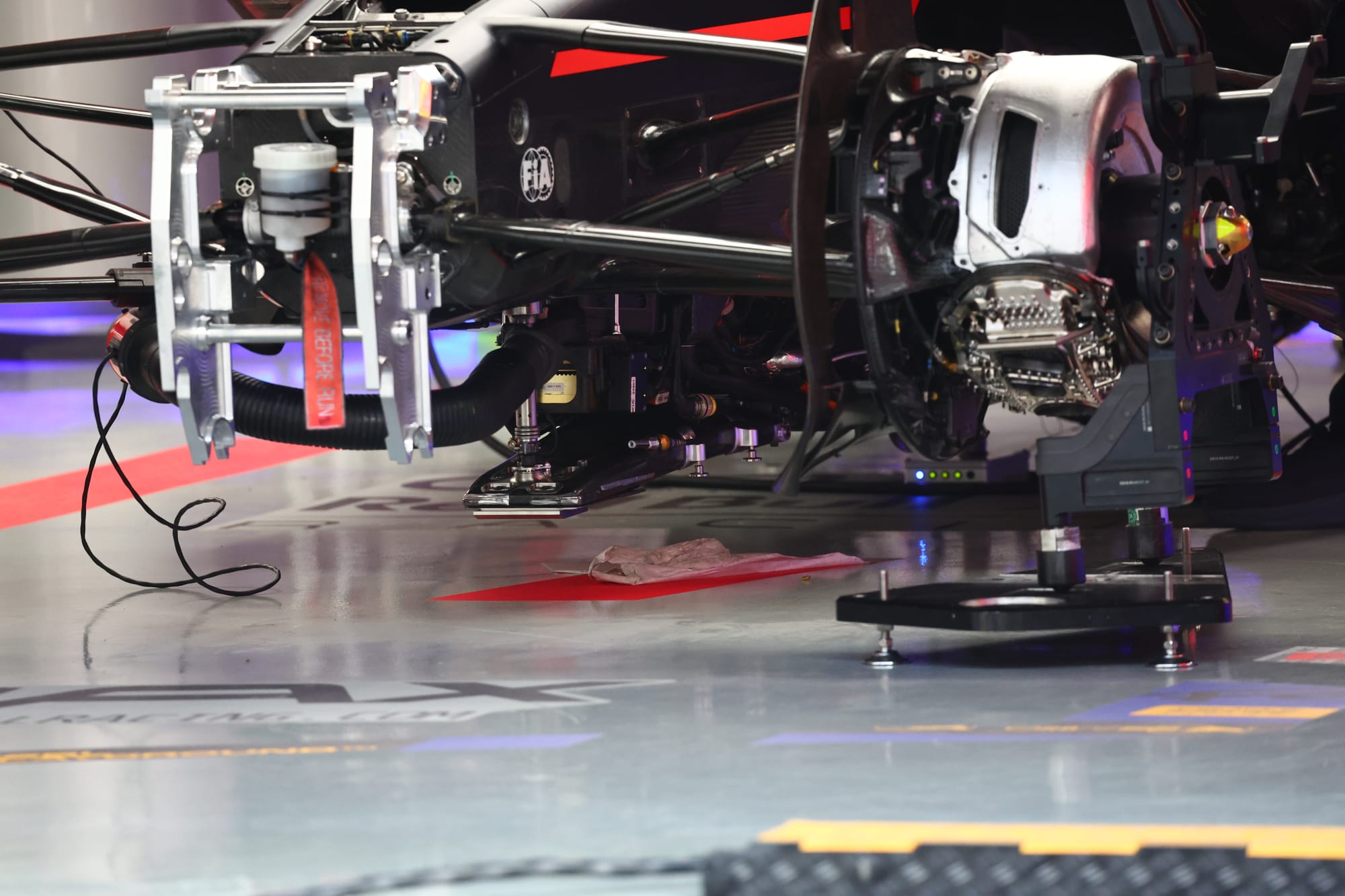
“For us, the main part was to make sure that, with immediate effect there’s no insinuation of any change,” said Tombazis.
“Now, designs that are more similar to other teams' designs involving, for example, shims and so on, they clearly don’t need to involve us sealing anything or checking anything, they are much easier [to monitor].
"It’s more practical for them to make some changes to the design that, in the future, will not require any sealing. But the sealing we have applied with immediate effect is good enough for being 100% sure.”
The seal should indeed eliminate suspicions that changes are being made under parc ferme and appears a pragmatic solution. However, that doesn’t tackle the insinuations about what may or may not have happened historically.
Of course, if this were some Machiavellian act of cheating by Red Bull, it’s far from the most discreet. The parts in question are ‘open-source components’. These are defined as those “whose design specification and intellectual property is made available to all competitors”.
This means that the legality of the designs themselves is not a matter for debate. There’s no regulation preventing Red Bull from having this adjustment system, which has now been demonstrated to the FIA on top of the designs being there for inspection both by the technical department and the other teams. Both the FIA and Red Bull has confirmed this design has been in use for several years.
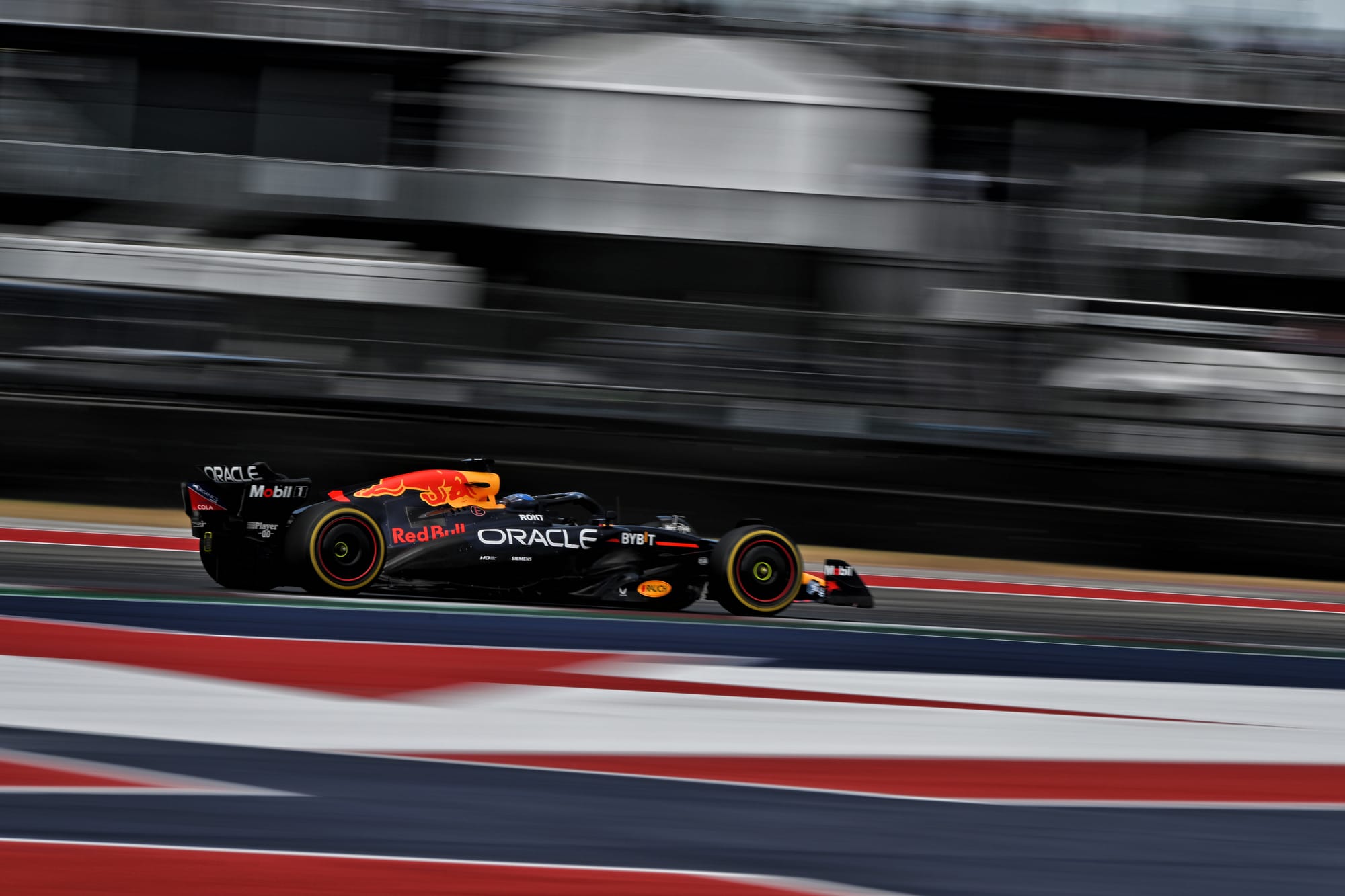
“Certain components of the car are what we call OSC components, which are components that the teams need to upload on a portal which is available with the FIA and all the other teams,” said Tombazis.
“That is for some components which we consider not areas of competition, but we don’t want to standardise and prescribe.
“They [the teams] can see and check each other so it was pointed out to us. This design has been around at least for a couple of years or something like that, but it was pointed out to us that this could allow a change under parc ferme, which would be illegal. So on that basis, because there’s also provision that teams need to convince us that they are running legally all the time, we felt that unless it gets sealed or changed then we would not be confident it’s not changing. So that’s why we asked for this to be sealed and that has been done.
“Now, to go and prove exactly what has happened before is pretty difficult and we don’t think we have the ability to go and investigate two years worth of [the] situation. Generally, when we decide to escalate the matter and to go to the stewards, or a tribunal or whatever, we want to have some reasonable indication [of a breach], so not based on hearsay or just speculation.
"So as the design is not illegal, we believe that the correct action is to say that ‘OK certain things need to happen in order to guarantee there’s no ongoing concern’ But we also have to draw a line in time and say on certain things we can’t go into much more detail than we have.”
That might not sound enormously reassuring, but as the cars are monitored both by marshals and CCTV when in parc ferme, there are measures in place to prevent any team from making set-up changes.
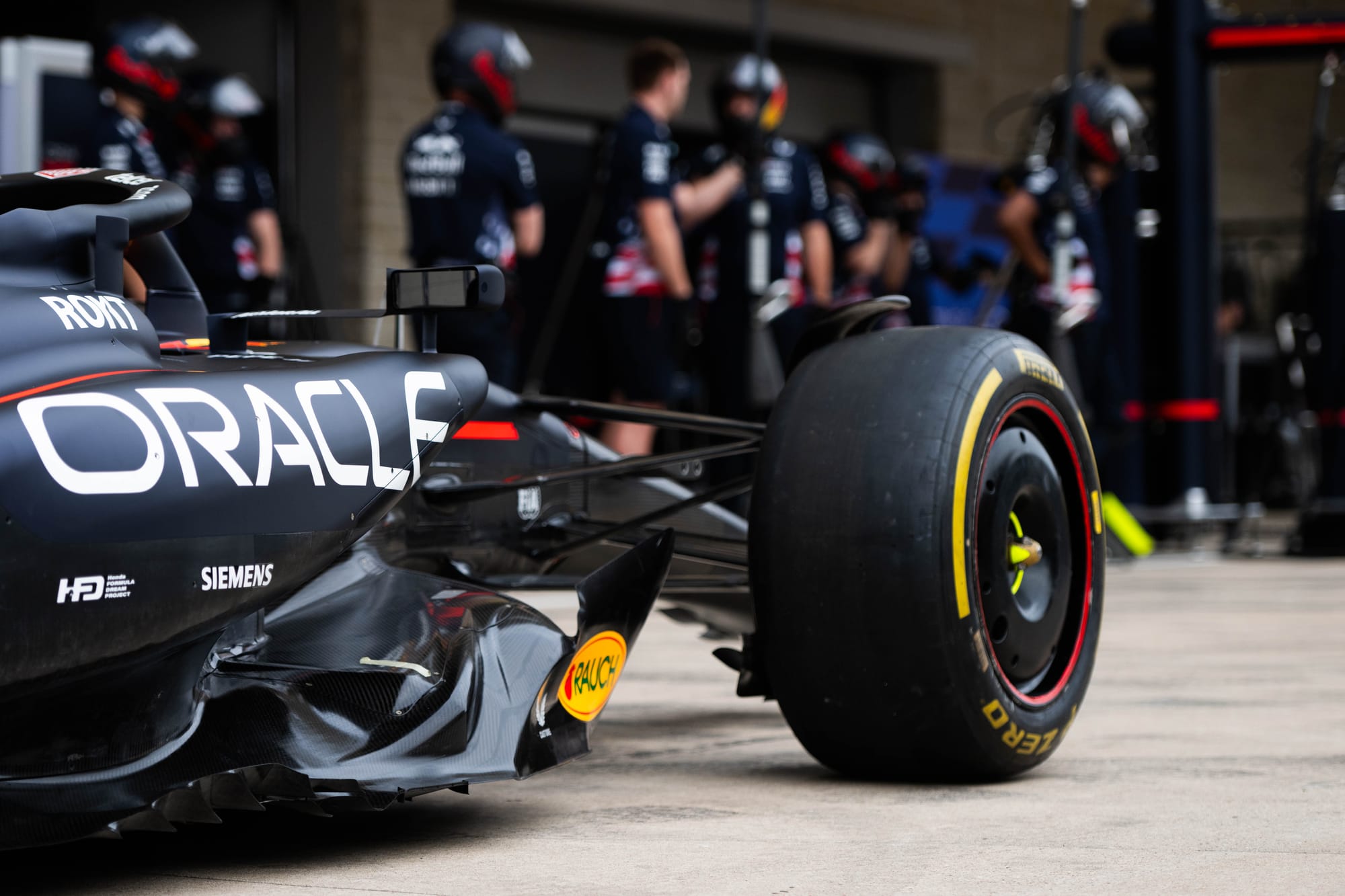
The difference between run-of-the-mill adjustment mechanisms and Red Bull’s is the ease the latter afforded in making said adjustments. Both the subtlety of the outcome, whereby a tiny adjustment could be beneficial, and the speed with which it can done means there are concerns it might be possible to do it surreptitiously. And therefore, even with a review of what footage exists from previous races, even if it did happen it might not be detectable.
“We are talking very small changes,” said Tombazis when asked by The Race if the changes being made would be easy to detect. “That’s why I mentioned a factor of 100 of importance because we are talking about very-very small potential changes that are hardly visible to the eye.
“If you consider what happens around the car during a weekend, you can’t stop somebody looking in a cockpit. We don’t seal the cars completely and not let anyone near them so that’s why we believe that this system would allow potentially an easy change, a quick change without being detectable and that’s why we said 'OK, to stop any discussion, let’s put a seal there so there’s no discussion'.
“But to then extrapolate from that to say therefore for the last ‘x’ amount of time somebody was cheating, I think it’s a leap that I don’t want to take.”
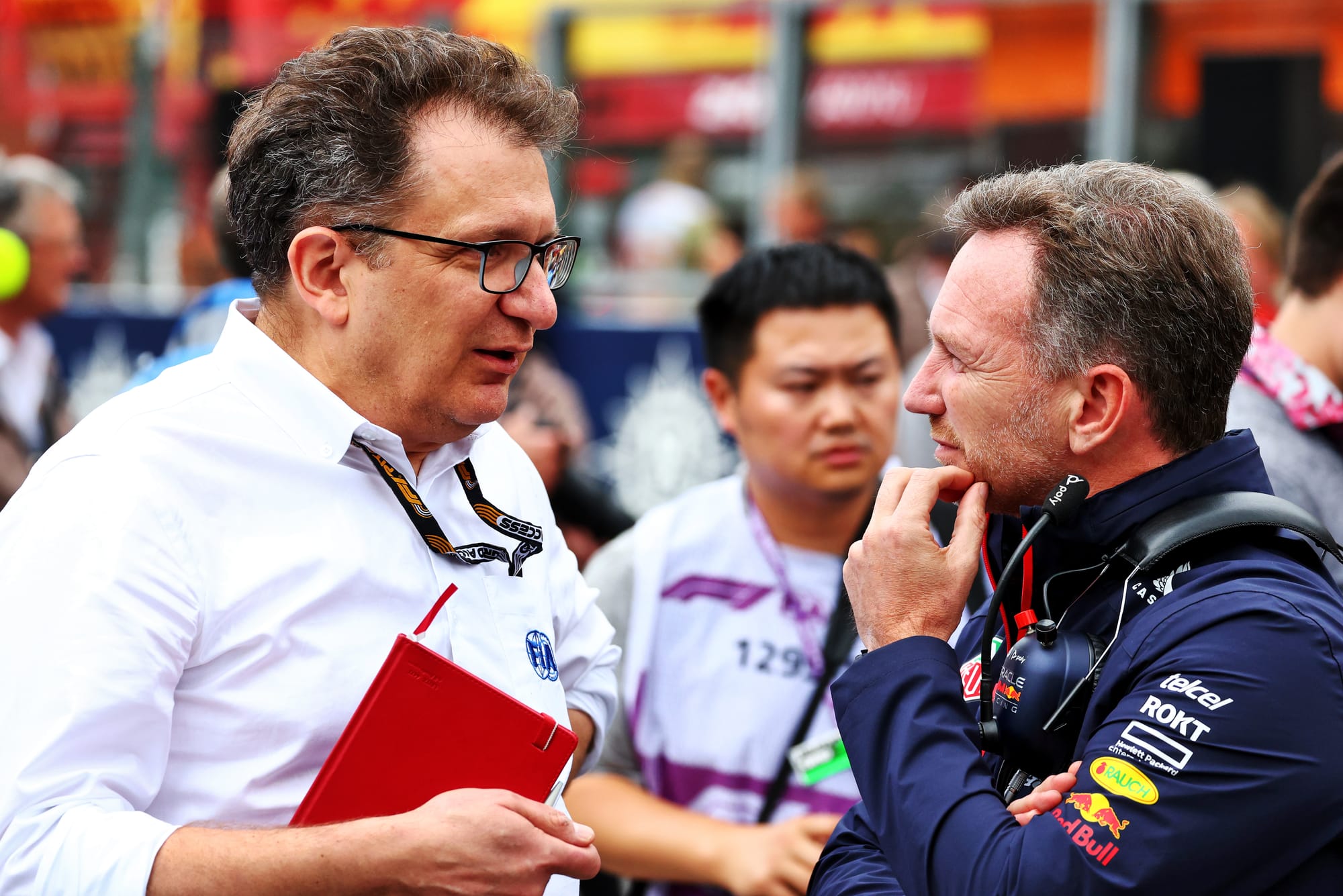
It's a question of evidence, and what exists doesn’t even qualify as circumstantial. Every team has multiple set-up parameters that can be adjusted in all sorts of ways, but the question here is one of whether it is too easy to make a change. As McLaren CEO Zak Brown, the chief antagonist on this issue, has said, ‘why would you design it to be inside the car?’ .
That’s a legitimate question but one that could be applied to all sorts of aspects of car design. Brown has also said that he doesn’t believe the drivers themselves could make any changes because “they’d have to have very long arms to do that”.
So can this be case closed? Yes and no. Brown was asked by Sky Sports F1 before the Austin sprint about Tombazis’s desire to draw a line under the situation and was positive about the FIA's actions. But he still wants more to be done to look back at what may or may not have happened at previous races.
“Speaking with some of the other team bosses, I think we're all confident, moving forward, it's a good solution,” said Brown. “But I do think we need to look back and make sure we've got confidence, as Nikolas said, they don't necessarily have the tools in parc ferme, so anytime you have an incident like that, we all just want to have confidence that it's all been done appropriately.
"The lookback still needs to be done.”

Brown also added that “I might be more outspoken than others on the particular topic, but I know my concerns are shared by many others”.
On the subject of the need for what Brown called the ‘lookback’, Tombazis argues it’s not as simple as that.
“People are allowed to check things on the car and it’s a matter of how easy [it is to do],” said Tombazis. “If you have to dismount a whole bodywork and do 50 things then obviously it would be visible on the camera, but something as simple and as quick as that I don’t think you can realistically check that on camera and images.”
Regardless of the polemics, it’s likely this controversy will never be fully extinguished because of the difficulty of proving something didn’t happen. That’s exactly why evidence of a breach - rather than simply the opportunity for a breach - is essential for any such case.
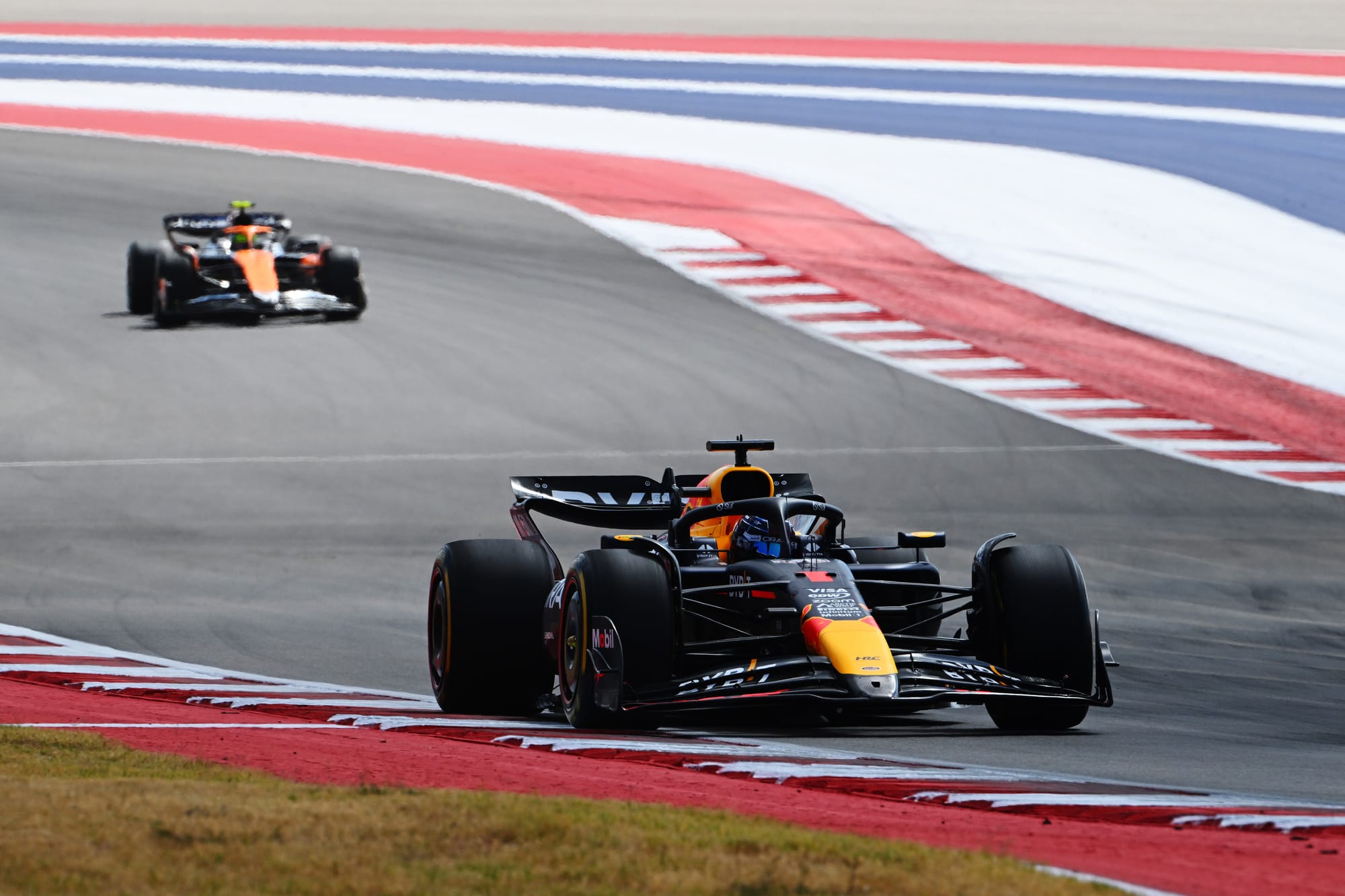
Teams are eternally gripped with competitive paranoia, particularly those fighting it out for the world championship. As it stands, the controversy has at least highlighted a concern and ensured action is taken to allay concerns of cheating – and that is the right word as any team secretly making changes under parc ferme would be acting way outside even of grey areas.
Tombazis cannot rule out the possibility that happened, but there’s currently no evidence it has. And without such evidence, it’s the proverbial storm in a teacup.
“Honestly, can I say with complete certainty about whether there’s ever been anything irregular? No,” said Tombazis.
“Can I say that the matter is closed? Yes, absolutely.”
The court of public opinion, of course, is a different matter. But that’s why, when it comes to the law, public opinion must not rule on any case.


